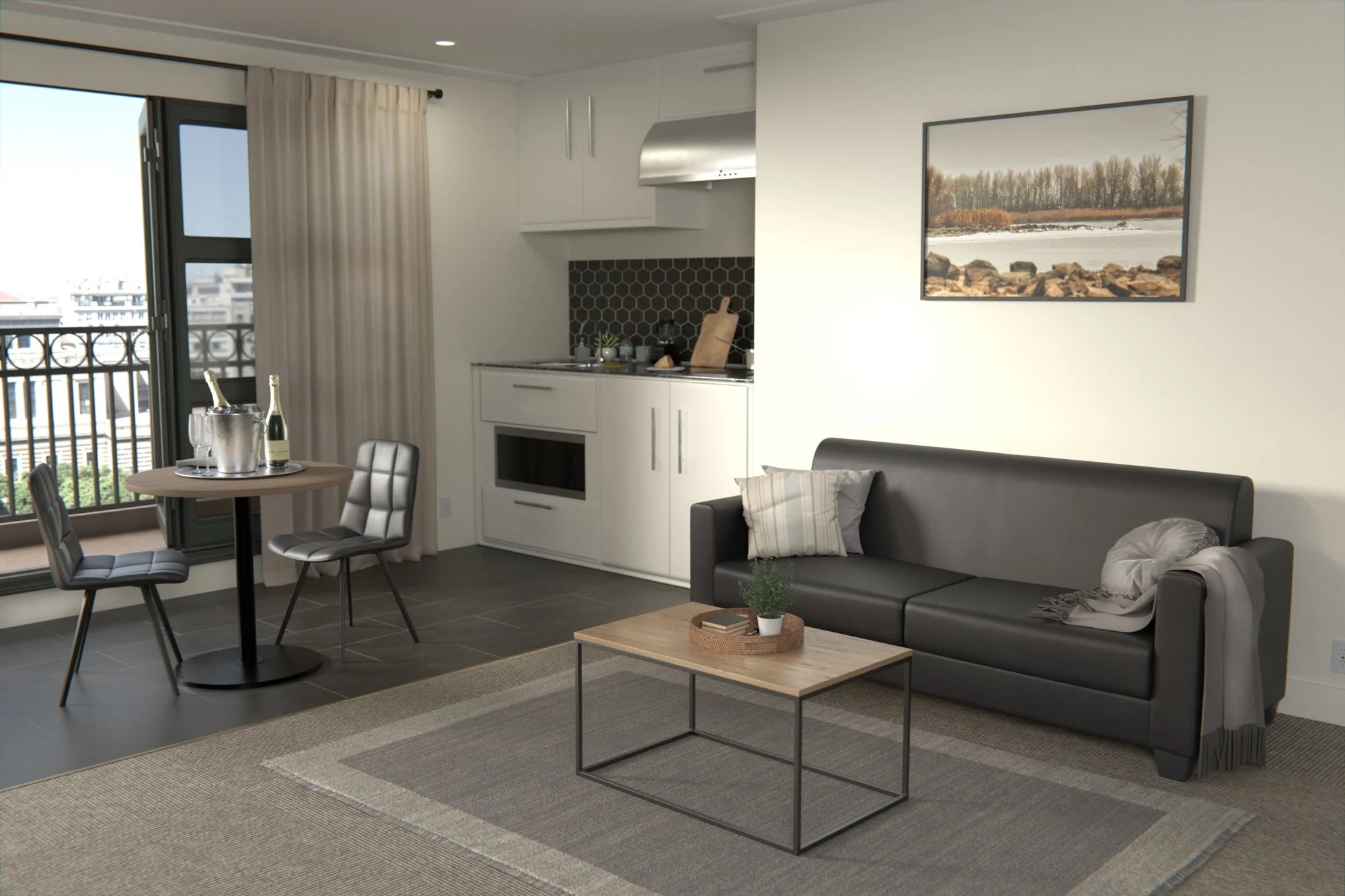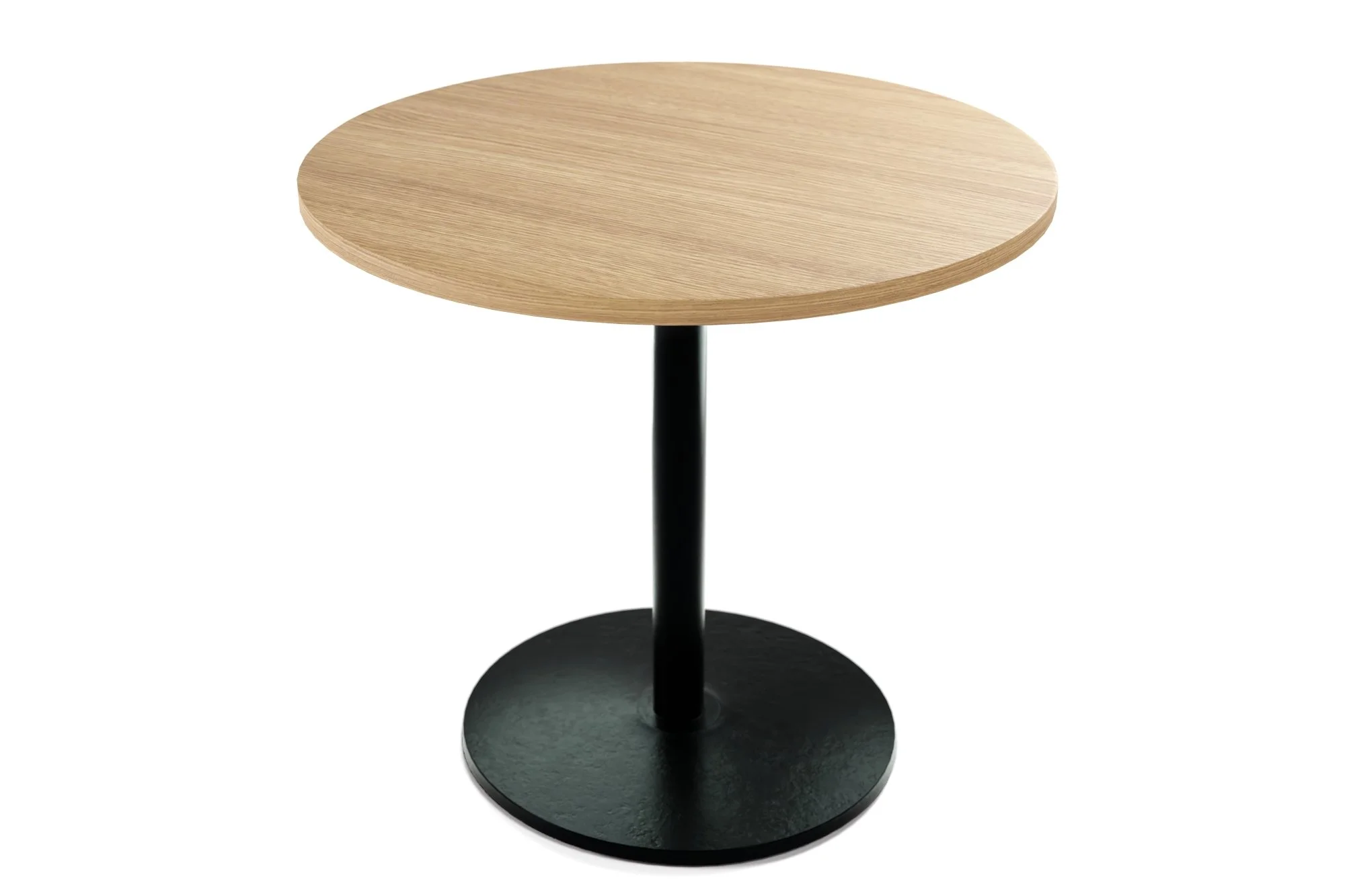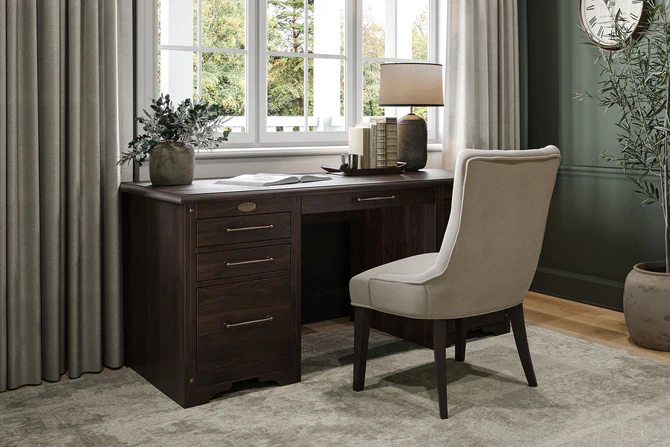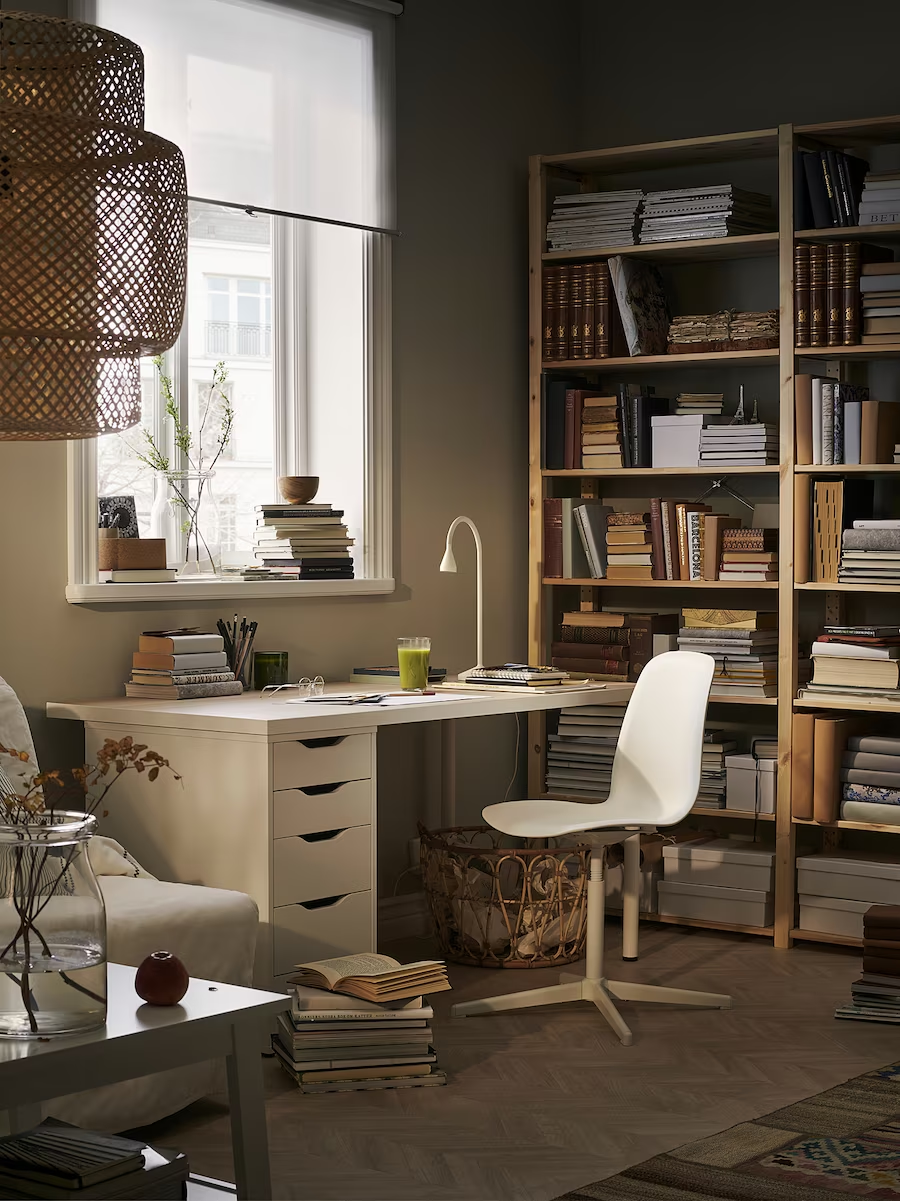3D Interiors: The Information Age answer to the showroom
Want to avoid the hassle and expense of setting up a real life interior setting for your product shoot? 3D is the answer.
A realistic hotel room interior scene produced by MM3D for Coastwood Furniture. The design evolved over the course of the project, with the kitchenette added to provide the scene with additional functionality.
Anyone who has ever walked around a furniture or hardware store is no doubt familiar with the display of domestic products in a mock-up real-life interior setting. Huge brands like IKEA are particularly well known for such displays occupying most of the floorspace, with department stores also having their own smaller showrooms.
Older readers will also remember the days of paperback catalogues, often crammed with such product showroom photographs; a practice that dates back to the vintage catalogues of early 20th century department stores.
Those paperback catalogues, for better or for worse, have rapidly become a thing of the past in the modern information age. With the ubiquity of the online store, it follows logically that we are now also entering the age of the “online showroom” as well.
It’s indisputable that for convenient production of high-standard, consistent advertising imagery, 3D-rendered digital interiors provide a huge number of advantages over a real showroom.
Firstly, digital showrooms can be built with relative rapidity from a set of stock and bespoke assets. A furniture company with a 3D modelled catalogue of products can add these into any room of choosing in any combination in a matter of moments. If the style is not what was desired, it can be changed in a matter of hours or, in some cases, even minutes.
Producing showrooms digitally like this saves huge costs in logistics and workers, as a showroom location no longer has to be maintained in a specific location, with products shipped in and the set physically adapted by construction and interior design staff.
3D “showroom installations” also have the advantage of being essentially permanent. Once a showroom is set up in a desired configuration, it can be revisited later at any time, with the exact same internal conditions, to add to the product shoot with new angles or with new products. Even a decade later, the original file can simply be accessed and once again the studio setting is present and available.
A "store page" style product shot produced for one of Coastwood Furniture's newest products, an oak table with a cast iron base.
Digital showrooms also have the interesting advantage of being as complicated or as simple as the client requires within the scope of a single project. Replicating a classic “minimalist” product shoot, in which a photographer places a simple backdrop card behind a product and takes photographs, is simple. This can be done in addition to a full simulated interior scene without much change in project scope or timeframe.
In the project above MM3D worked with Coastwood Furniture, a New Zealand based furniture company that provides a wide range of domestic and commercial furniture products. The project brief involved creating a realistic hotel interior in which to showcase a new range including a sofa, dining chairs, coffee table and dining table. In only a few days, a full interior was modelled and produced with several different iterations, producing a final clean and aesthetically pleasing environment in which to showcase the products.
One change involved adding and furnishing a kitchenette, to give the dining and lounge areas a differentiated and coherent theme. In real life this would have taken weeks, in 3D it could be achieved in a couple of hours.
An example of one of Coastwood Furniture's other interior renders, depicting a cosy home office setup. (This image was not produced by MM3D, but by another contractor).
In addition to practical advantages, 3D interiors can also be tailored to a range of budgets. Renders like the above could be described as mid-budget, high quality. Huge brands like IKEA can produce rendered showrooms such as the one below, demonstrating a remarkable degree of photorealism with an increased budget.
Of course, physical showrooms are still very much a vital component of selling furnishings and domestic products. No experience quite compares to a customer visiting a store and actually seeing and touching the real life product in a real, cosy department store.
However, when it comes to increasing the ease of online shopping for such products, and the ability to present a high quality, consistent digital storefront, 3D rendering technology is an incredibly useful tool.
IKEA's own 3D department produce some truly stunning photorealistic interior renders for their product shots, clearly bringing a lot of experienced talent and a large budget to bear.
This one was a favourite of mine, and was saved in my "Inspiration" folder immediately when I first saw it back in 2022.
—
If you would like to discuss the procurement of highly detailed CGI interiors for promoting your new product, contact us today on the site.




